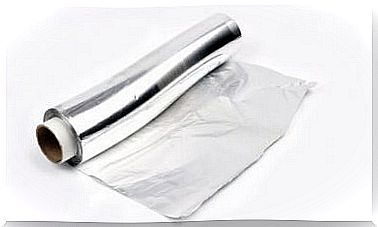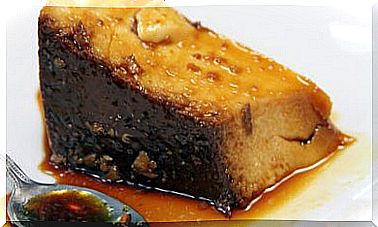How To Treat And Prevent Foot Fungus
If we want to prevent foot infections and fungi, it is essential that we follow a proper hygiene routine, and that we try not to stay with our feet too wet weather.

The medical community defines athlete’s foot as a fungal infection that primarily affects the feet, although it can also spread to the hands. In the case of foot fungus, they usually appear on the sole, toes and heels.
It is a condition that can have various levels of severity. In addition, it is possible that it reappears after the treatment is finished. It is a very common fungal infection, especially in hot and humid areas.
It is important to mention that this type of infection is very contagious, especially through direct contact with shoes, socks or surfaces in showers and swimming pools. Therefore, it is advisable to consult a doctor about the most appropriate treatment, as the infection can become complicated and spread to other areas of the body.
Find out in this article what its causes are and what could be done to prevent and treat foot fungus.
Athlete’s foot or fungal foot infection
Causes
The most important causes that can motivate the appearance of this fungal infection are:
- Suffer a minor injury to any part of the foot or nails.
- Excessive sweat on the feet.
- Moisture or not drying your feet well after bathing.
- Wear closed or very tight shoes, made mostly of synthetic materials.
Symptoms
The most common symptoms that warn of the presence or development of athlete’s foot are the following:
- Cracked or scaly skin that easily sloughs off the foot or fingers.
- Excessive burning or stinging.
- Reddened skin and severe itching.
- Blisters that ooze or crust over.
Due to its characteristics, the fungus that causes athlete’s foot can spread to other areas of the foot, such as the nails. In the event that this happens, they may discolor, become thicker, and may also be partially or totally fractured or detached.
Athlete’s foot tests
The exams or tests that can be done to detect the presence of athlete’s foot are very simple and routine. In fact, the doctor or specialist has the ability to detect athlete’s foot just by looking at the skin. You may also take a skin sample for testing in the lab.
If necessary, other more comprehensive tests can be performed:
- Lesion biopsies.
- Potassium hydroxide tests.
- Skin cultures.
Treatments
Curing fungal foot infections is actually very simple. It is enough to use antifungal creams or powders that contain clotrimazole, miconazole, tolnaftate.
However, the likelihood that fungi will reappear after treatment is finished is high. For this reason, it is very important to be aware of the status of the infection.
Therefore, it is highly recommended to extend the treatment one to two weeks after the infection has cleared. If necessary, the doctor can prescribe stronger antifungals and even antibiotics.
Prevention of foot fungus
Although medical treatment is very important to end this problem as soon as possible, there are a series of guidelines and tips that can be followed that will help prevent the appearance of foot fungus or contagion by direct contact. They are as follows:
- Keep your feet clean and dry, especially between the toes.
- Wash your feet frequently with soap and water, at least twice a day, and dry them very well.
- Wear cotton socks and comfortable shoes that are not too tight or made of synthetic materials that cause excessive sweating on the feet. In addition, it is advisable to change your socks at least once a day. This prevents the feet from being wet.
- Wearing sandals or flip flops in public bathrooms or swimming pools It is very important not to step barefoot on these types of surfaces.
- Use antifungal powders or creams.
Follow these recommendations to prevent foot problems and, if you notice any of the symptoms described, go to your doctor so that he can diagnose it properly and prescribe the most appropriate treatment.









